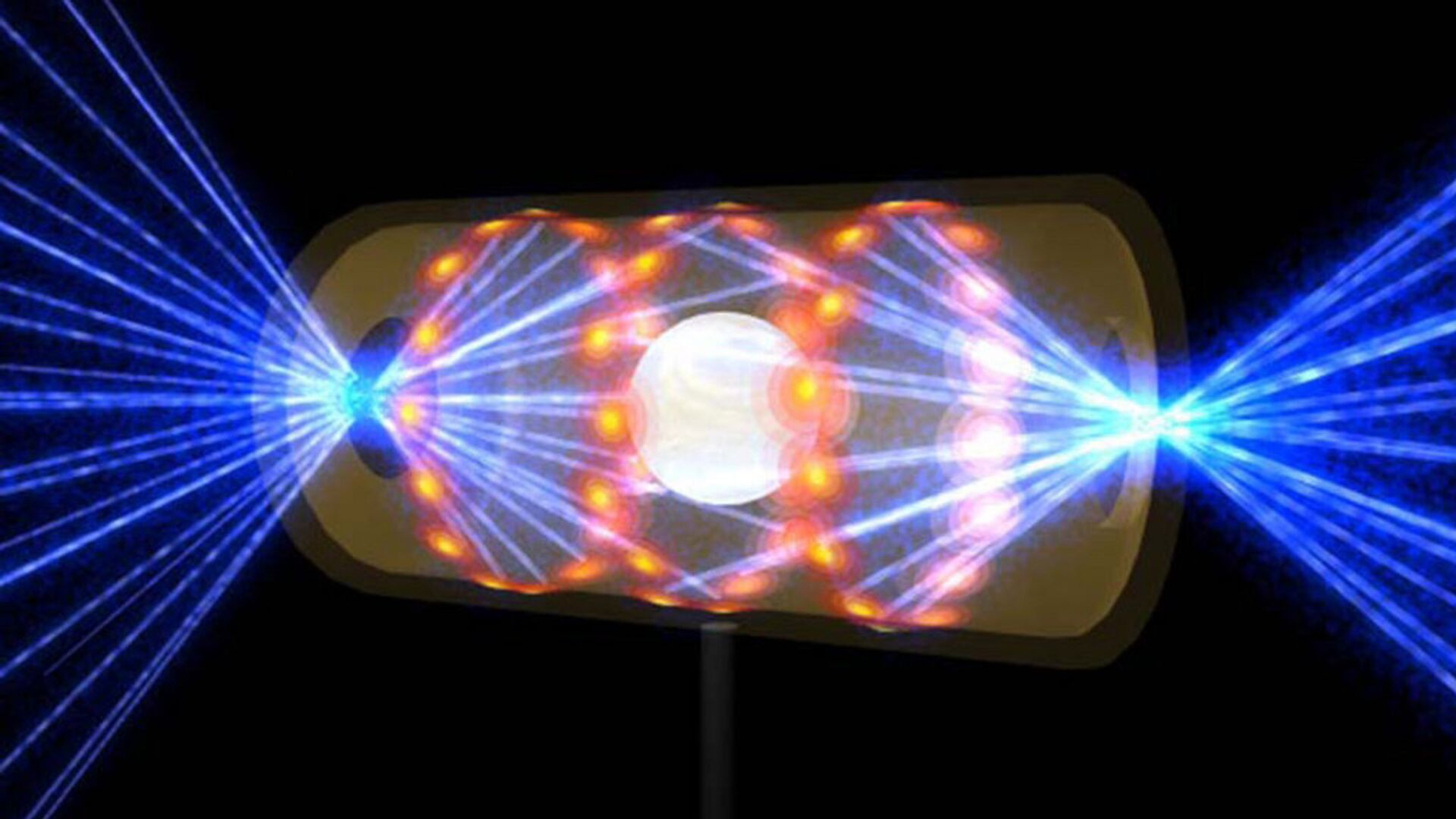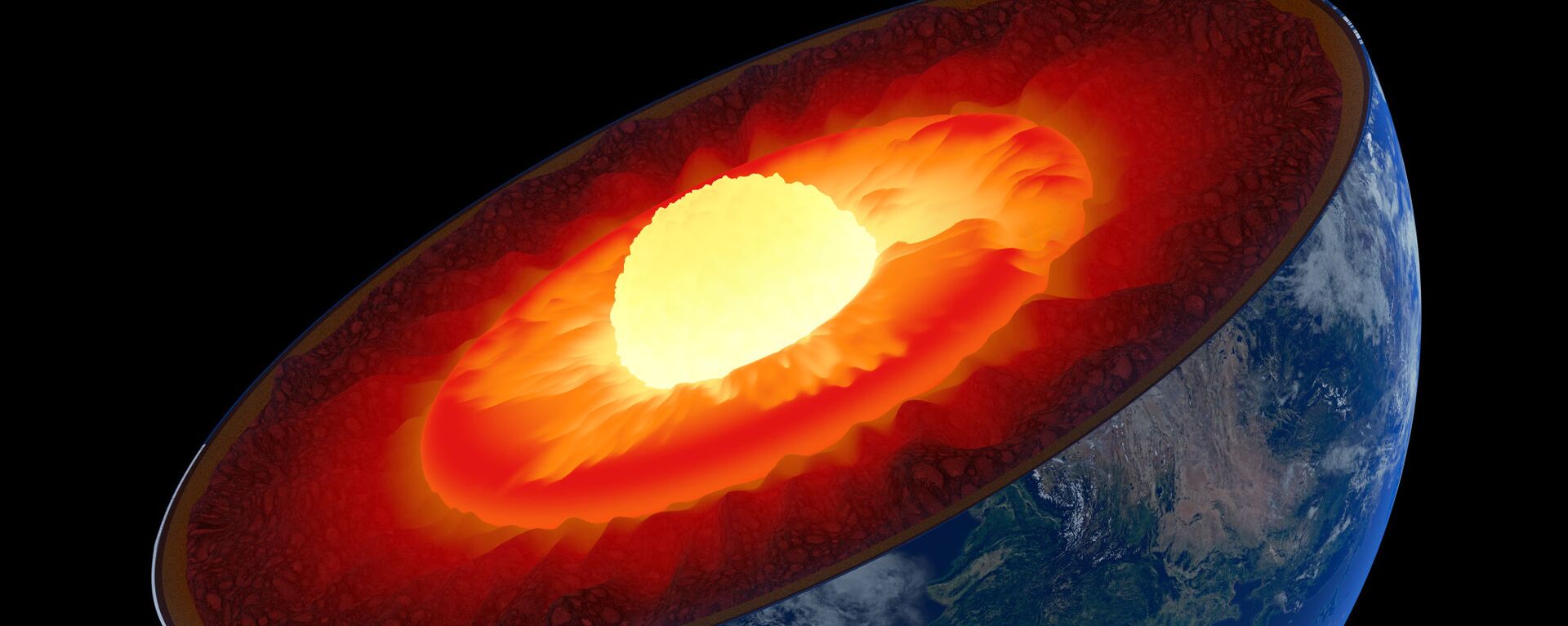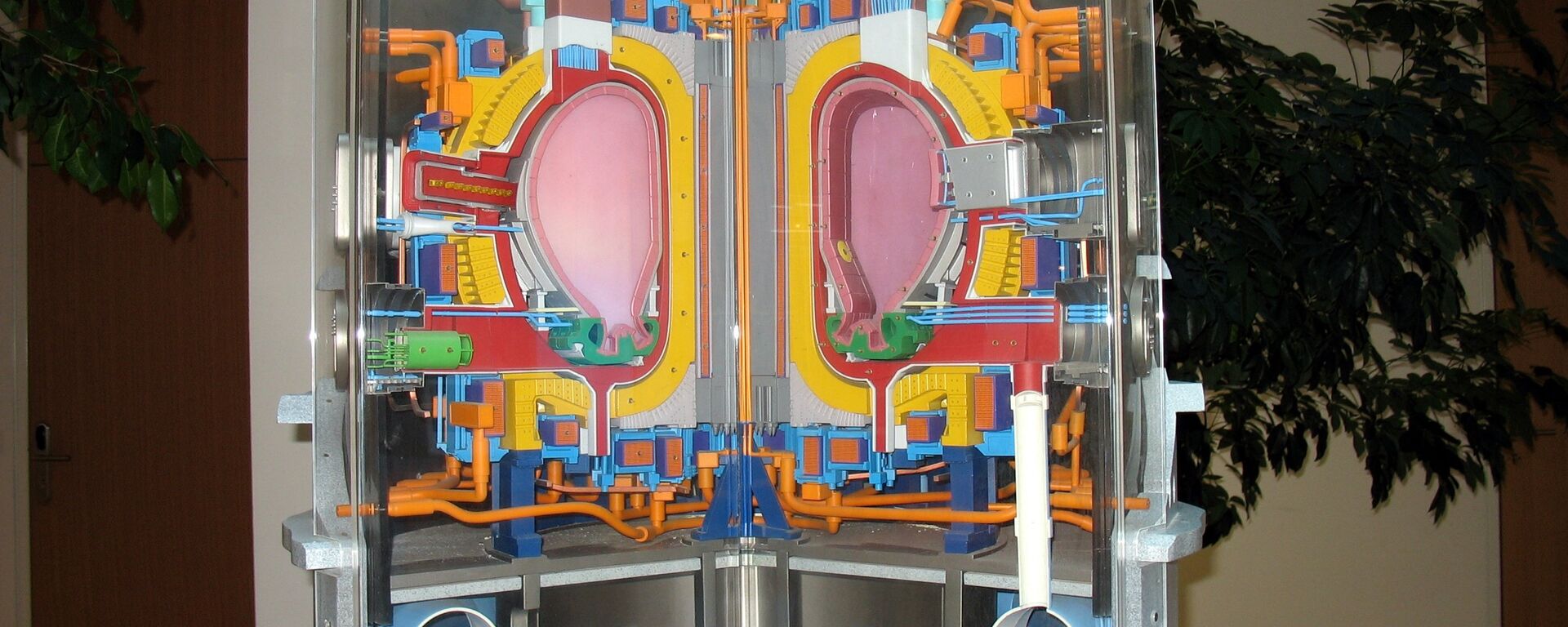https://sputnikglobe.com/20220704/pentagon-contracts-private-firms-to-put-fusion-reactor-in-space-by-2027-1096952818.html
Pentagon Contracts Private Firms to Put Fusion Reactor in Space by 2027
Pentagon Contracts Private Firms to Put Fusion Reactor in Space by 2027
Sputnik International
Fusion reactions are phenomena that power stars by merging pairs of nuclei into a single, heavier nucleus, creating energy from the leftover mass. Humanity has... 04.07.2022, Sputnik International
2022-07-04T18:27+0000
2022-07-04T18:27+0000
2022-07-04T18:58+0000
nuclear fusion
fusion energy
https://cdn1.img.sputnikglobe.com/img/18401/45/184014515_0:97:1024:673_1920x0_80_0_0_0935713dc201fbd537efe76c1cbb4b7f.jpg
The Pentagon has tasked a pair of Seattle-based startups with developing a miniature fusion reactor for use in space, setting the ambitious goal of demonstrating the workability of the technology for use in space-based propulsion and power systems in the not-too-distant future.The Department of Defense’s "Defense Innovation Unit" has signed contracts with Ultra Safe Nuclear and Avalanche Energy after floating program requirements asking contractors to “demonstrate the next generation of nuclear propulsion and power capability for spacecraft.”In a statement put out by the Pentagon’s research arm, the military said it expects the companies to create operational prototype demonstrators for use in space by 2027.The Pentagon did not specify the value of the contracts, with the prototype "nuclear propulsion and power" systems expected to be used by spacecraft the DoD hopes will one day police the area of space between the Earth and the Moon.Ultra Safe Nuclear is working on a promising nuclear radioisotope battery known as "EmberCore", which it says can be used for propulsion and power generation, and which can generate over a million kilowatt hours of energy (one gigawatt) – enough to power about 750,000 homes for a year, using “just a few kilograms of fuel”, either cobalt-60 or thulium, in a device about the size of a small filing cabinet.Avalanche Energy, meanwhile, assures that its patented lunchbox-sized fusion reactor, known as “Orbitron,” can create between 5 and 15 kilowatts of power by trapping high-speed ions generated by a magnetron in orbit around a negatively charged electrode, packing ions into the reactors and increasing the chances that they’ll fuse to generate power. “The resulting fusion burn then produces the energetic particles that generate either heat or electricity, which can power a high-efficiency propulsion system,” the DIU explained.The DIU aren’t the only ones funding research into fusion-based energy generation for use in space. In early May, the Defense Advanced Research Projects Agency (DARPA) announced plans to develop a nuclear thermal rocket engine and build a working demonstrator for use in Earth orbit by 2027.NASA has also sought funding for fusion-based propulsion systems, asking Congress for a $15 million cash injection as part of its collaboration with DARPA for nuclear propulsion systems that could enable a high-speed trip to Mars.Avalanche CEO Robin Langtry is confident that fusion power’s applications will expand dramatically as the technology is perfected and costs come down.“As we bring the price down more and more markets for something like this are going to open up,” Langtry, a former engineer at Jeff Bezos’s private space venture Blue Origin, told Newsweek.“We’ll start with a million dollars per kilowatt, I guess, because that’s where solar appears to be. Once we get down to $100,000 per kilowatt, there’s probably more applications that open up there; aviation is an interesting one, drones, whatever. And then as you get down to $10,000 or $3,000 per kilowatt you start to become competitive with other forms of terrestrial energy, like fuel cells and batteries and stuff,” Langtry added.Scientists have theorized on the possibilities of controlled fusion for power and heat generation since the dawn of the nuclear age. However, the extreme difficulty of achieving the reaction in a controlled way and at input costs below those of the energy ultimately generated has long limited humanity’s capability in the field to destructive purposes via the detonation of the hydrogen bomb, which unleashes enormous explosive power through the uncontrolled chain reaction of isotopes of hydrogen fusing at incredibly high temperatures to form helium in a principle similar to that of the Sun and other stars.
https://sputnikglobe.com/20220630/report-us-invests-in-advanced-technologies-but-its-still-not-enough-to-catch-up-with-china-1096844531.html
https://sputnikglobe.com/20220629/new-microwave-beam-drilling-method-may-unlock-vast-source-of-clean-energy-1096806138.html
https://sputnikglobe.com/20220512/puzzling-abundance-of-scarce-resource-for-nuclear-reactors-found-on-earth-study-says-1095462944.html
Sputnik International
feedback@sputniknews.com
+74956456601
MIA „Rossiya Segodnya“
2022
Sputnik International
feedback@sputniknews.com
+74956456601
MIA „Rossiya Segodnya“
News
en_EN
Sputnik International
feedback@sputniknews.com
+74956456601
MIA „Rossiya Segodnya“
Sputnik International
feedback@sputniknews.com
+74956456601
MIA „Rossiya Segodnya“
nuclear fusion, fusion energy
nuclear fusion, fusion energy
Pentagon Contracts Private Firms to Put Fusion Reactor in Space by 2027
18:27 GMT 04.07.2022 (Updated: 18:58 GMT 04.07.2022) Fusion reactions are phenomena that power stars by merging pairs of nuclei into a single, heavier nucleus, creating energy from the leftover mass. Humanity has the capability to trigger nuclear fusion through the detonation of hydrogen bombs, but its use for peaceful purposes is yet to be achieved at costs below those of input energy costs.
The Pentagon has tasked a pair of Seattle-based startups with developing a miniature fusion reactor for use in space, setting the ambitious goal of demonstrating the workability of the technology for use in space-based propulsion and power systems in the not-too-distant future.
The Department of Defense’s "Defense Innovation Unit" has signed contracts with Ultra Safe Nuclear and Avalanche Energy after floating program requirements asking contractors to “demonstrate the next generation of nuclear propulsion and power capability for spacecraft.”
In a
statement put out by the Pentagon’s research arm, the military said it expects the companies to create operational prototype demonstrators for use in space by 2027.
The Pentagon did not specify the value of the contracts, with the prototype "nuclear propulsion and power" systems expected to be used by spacecraft the DoD hopes will one day police the area of space between the Earth and the Moon.
Ultra Safe Nuclear is working on a promising nuclear radioisotope battery known as "EmberCore", which it says can be used for propulsion and power generation, and which can generate over a million kilowatt hours of energy (one gigawatt) – enough to power about 750,000 homes for a year, using “just a few kilograms of fuel”, either cobalt-60 or thulium, in a device about the size of a small filing cabinet.
Avalanche Energy, meanwhile, assures that its patented lunchbox-sized fusion reactor, known as “Orbitron,” can create between 5 and 15 kilowatts of power by trapping high-speed ions generated by a magnetron in orbit around a negatively charged electrode, packing ions into the reactors and increasing the chances that they’ll fuse to generate power. “The resulting fusion burn then produces the energetic particles that generate either heat or electricity, which can power a high-efficiency propulsion system,” the DIU explained.
The DIU aren’t the only ones funding research into fusion-based energy generation for use in space. In early May, the Defense Advanced Research Projects Agency (DARPA)
announced plans to develop a nuclear thermal rocket engine and build a working demonstrator for use in Earth orbit by 2027.
NASA has also sought funding for fusion-based propulsion systems, asking Congress for a $15 million cash injection as part of its collaboration with DARPA for nuclear propulsion systems that could enable a high-speed trip to Mars.
Avalanche CEO Robin Langtry is confident that fusion power’s applications will expand dramatically as the technology is perfected and costs come down.
“As we bring the price down more and more markets for something like this are going to open up,” Langtry, a former engineer at Jeff Bezos’s private space venture Blue Origin,
told Newsweek.“We’ll start with a million dollars per kilowatt, I guess, because that’s where solar appears to be. Once we get down to $100,000 per kilowatt, there’s probably more applications that open up there; aviation is an interesting one, drones, whatever. And then as you get down to $10,000 or $3,000 per kilowatt you start to become competitive with other forms of terrestrial energy, like fuel cells and batteries and stuff,” Langtry added.
Scientists have theorized on the possibilities of controlled fusion for power and heat generation since the dawn of the nuclear age. However, the extreme difficulty of achieving the reaction in a controlled way and at input costs below those of the energy ultimately generated has long limited humanity’s capability in the field to destructive purposes via the detonation of the hydrogen bomb, which unleashes enormous explosive power through the uncontrolled chain reaction of isotopes of hydrogen fusing at incredibly high temperatures to form helium in a principle similar to that of the Sun and other stars.




